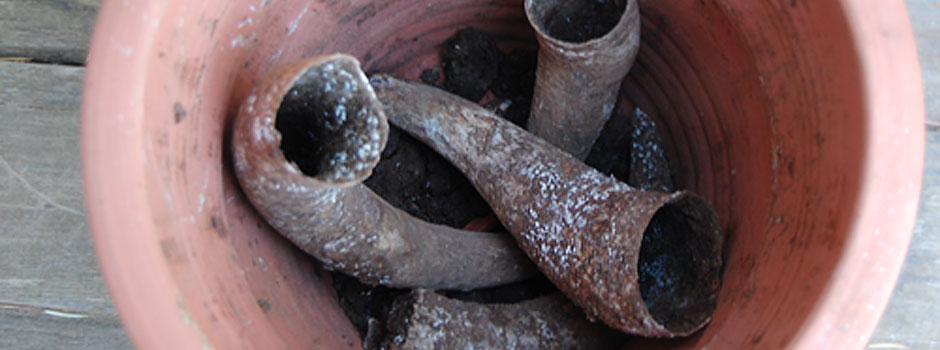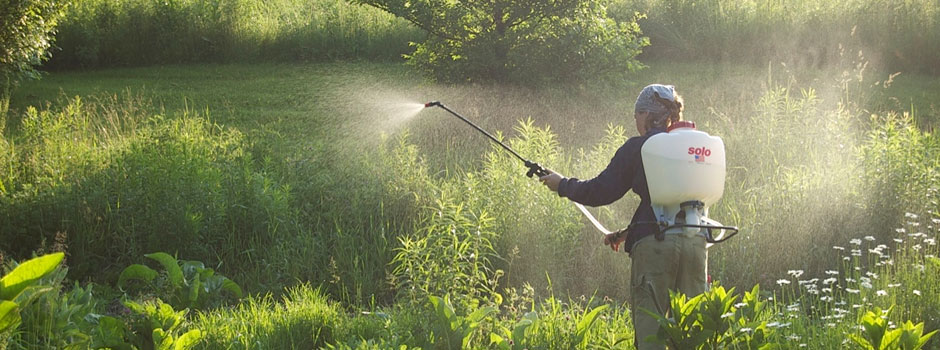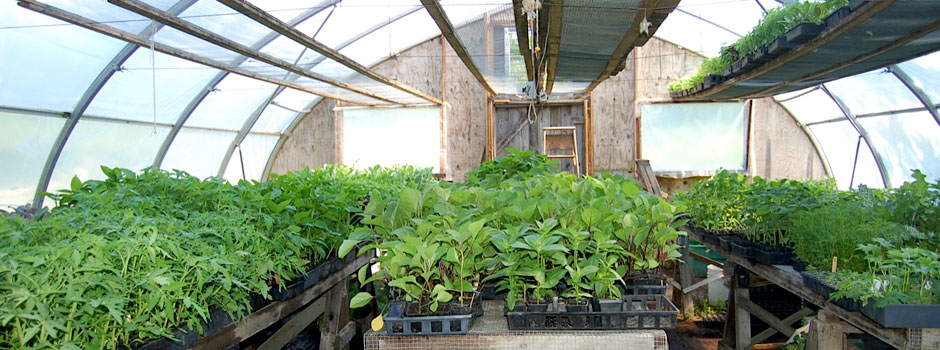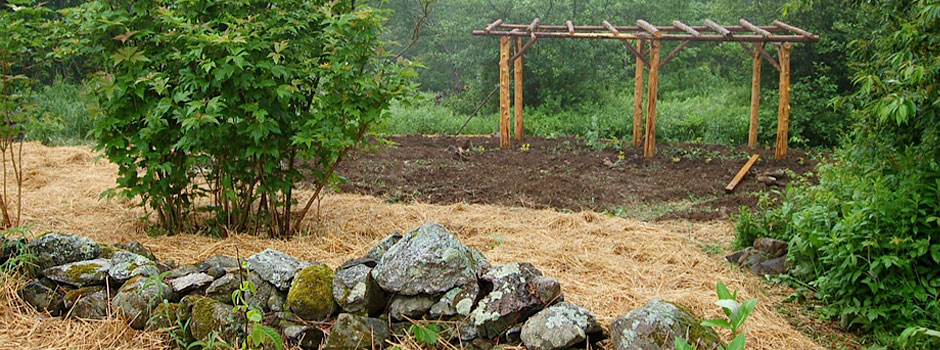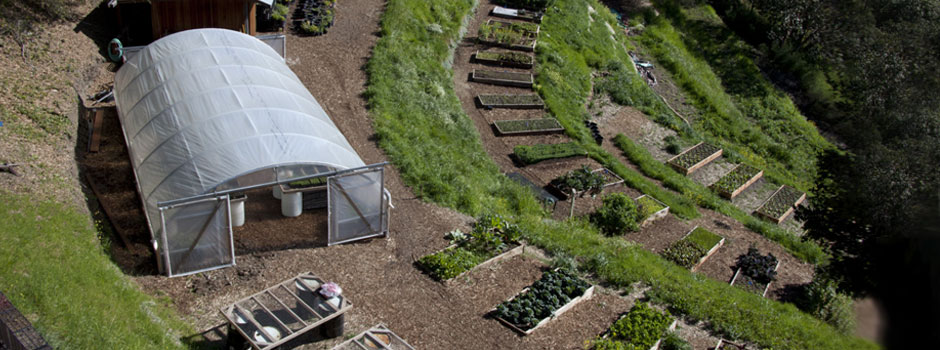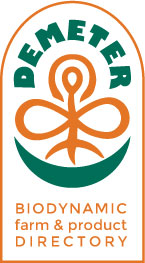“Healing people and the planet through agriculture”
Ask Jim
A farmer-to-farmer blog with Biodynamic farmer Jim Fullmer.Â
The Biodynamic Preparations
It is Spring 2013 in North America and Biodynamic farmers are well into the rhythm of the growing season unfolding. The Earth is moving her inner life outward – as though we are farming and gardening in her life of dreams- vegetation, color, aroma and regeneration of life. It can be intoxicating -this is a very potent time indeed.
The Biodynamic preparation 500 and the compost preparations 502- 506, buried in the earth last fall, are unearthed in spring. They are medicinally permeated with this inner life of the Earth that is omnipotent during the winter months.
Using the Biodynamic preparations is a core element of Biodynamic agriculture and also a fundamental requirement of Demeter certification. Their use is perhaps the most misunderstood element of the Biodynamic method of farming.
They can be pondered in the world of the intellect, sometimes this is done in dogmatic excess, but where they are alive and real is within the life of the farm and the farmer, and the vitality of the food and fiber that results from that interplay.
Thus the message- if you want to understand the Biodynamic preparations from a practical point of view- use them, and in that process also pay attention to what goes on with you internally and what happens to the living environment around you. Their use does not have to be in a farming setting. It can be done in one’s front yard or garden. Be positive, do this work from a place of Love, be sensitive, be receptive.
In a practical sense it is often asked how to use the preparations? Given that spring is a good time to apply the 500, and it’s first in the sequence, I’ll start with the 500. Throughout the season the influence of all the preparations should find their way to the land base being stewarded.
Sometimes referred to as “horn manure,” the 500 is manure from a healthy, lactating, female bovine placed in a female’s horn and buried in the earth for the duration of a winter. When unearthed a sweet smelling humus remains in the horn. Various species of domestic cows were utilized in Europe, and while also used here, bison horns are also sometimes used. One might argue that this has better application to the North American continent given that the bison is the native bovine.
When engaged in farming and gardening there are two realties that we work with. One is the life and activity that goes on above ground- the assimilation of sunlight/ photosynthesis and growth - the other is the life and activity below ground- the processes of humus formation, mineralization and decay. It is the later phenomenon with which preparation 500 works. While some like to poke fun at a Biodynamic practitioner’s use of preparations made in cow horns, the material that results is uber-biological, teeming with beneficial soil-based flora and fauna. If understanding the 500 only from a mechanical cause and effect point of view it can be understood as a soil inoculant. But anyone with a background or understanding of homeopathy can see a more holistic reality and view it as homeopathic medicine for the earth. The 500 and all the Biodynamic preparations medicinally treat the Earth as a living organism much like naturopathic medicines treat us. In fact it is a principle of homeopathy that very small amounts of material, when rhythmically potentized, are much more potent than large amounts of material. While a strange new world for some, it is an intrinsic element of Biodynamic agriculture.
Beyond making the 500 oneself, which is not difficult to do and always recommended when possible, the 500 can be purchased from the Josephine Porter Institute (JPI) or from one of the numerous groups making the preparations across America.
If not to be used immediately, it needs to be properly stored. A common method of storage is to have the 500 in earthen pots with loose fitting lids that are placed in a wood box filled with peat moss. The box itself should reside in a cool, dark place, such as a basement or root cellar, away from electromagnetic fields generated by electric appliances, fuse boxes etc. The preparation 500 should be kept moist but not waterlogged so in dry climates this needs to be checked every now and then.
The 500 should be applied in the evening hours. A palm full is enough for 1 acre; the Europeans claim one corn horn per hectare.  This amount is placed in clean water free of chemicals such as chlorine. Rainwater is ideal, but if chlorinated municipal water is the only choice, filter it or let it sit until the chlorine volatizes. The amount of water to use depends on the calibration of spray equipment used. For example if you are to cover 10 acres with one application then 10 palm-fulls would be added in enough water to cover the 10 acres given the nozzle size and pressure of the application equipment.Â
Before applying, the 500 is rhythmically stirred in the appropriate amount of water creating a vortex in one direction, then abruptly stopped (which will cause obvious chaos to the fluid dynamics) and stirred in the opposite direction, reordering the liquid into an opposing vortex. This process continues for 1 hour.
Once stirred the resulting liquid is placed into a spray rig or similar equipment dedicated for use for the Biodynamic field sprays only. On small acreages and gardens folks sometimes will use just a bucket and a hand broom and apply by hand by placing the broom in the 500 and flinging droplets in both directions. Either way the goal is to apply droplets of the stirred 500 to the Earth in the evening when the Earth herself is breathing inward. Best done during the descending phase of the moon.
It is not a goal to drench the surface, only to spray a pattern of droplets across it. If using a spray rig you’ll want to adjust your pump pressure and select nozzles to achieve this. Such spray rigs can be very low tech and inexpensive consisting of a roller or diaphragm pump feeding a couple of common agricultural nozzles that throw out as wide a pattern of droplets, and are as conservative with liquid, as possible. Spray the entire production area.
The Demeter Standard requires its use on production acreage at least once in a growing season, but follow your intuition. There are lots of resources out there, and should you have any questions please feel free to reach out to us. Happy Spring!
Additional Resources:
The Josephine Porter Institute  http://www.jpibiodynamics.org
Biodynamic Preparation Fact Sheets:Â http://www.pauldolanwine.com/pdf/PDV_PrepsChart.pdf
http://blog.kj.com/wp-content/uploads/2011/02/BD-Preparations.pdf
http://cityfoodgrowers.com.au/biody_prep.php
Research:
“Effects of Biodynamic Preparations on Compost Development”
L. Carpenter-Boggs, J.P. Reganold and A.C. Kennedy
http://afrsweb.usda.gov/SP2UserFiles/Place/36450000/Products-Reprints/2000/865.pdf
“When engaged in farming and gardening there are two realties that we work with. One is the life and activity that goes on above ground- the assimilation of sunlight/ photosynthesis and growth - the other is the life and activity below ground- the processes of humus formation, mineralization and decay. It is the later phenomenon with which preparation 500 works. ”
Jim Fullmer
Demeter Executive Director
Previous Articles
